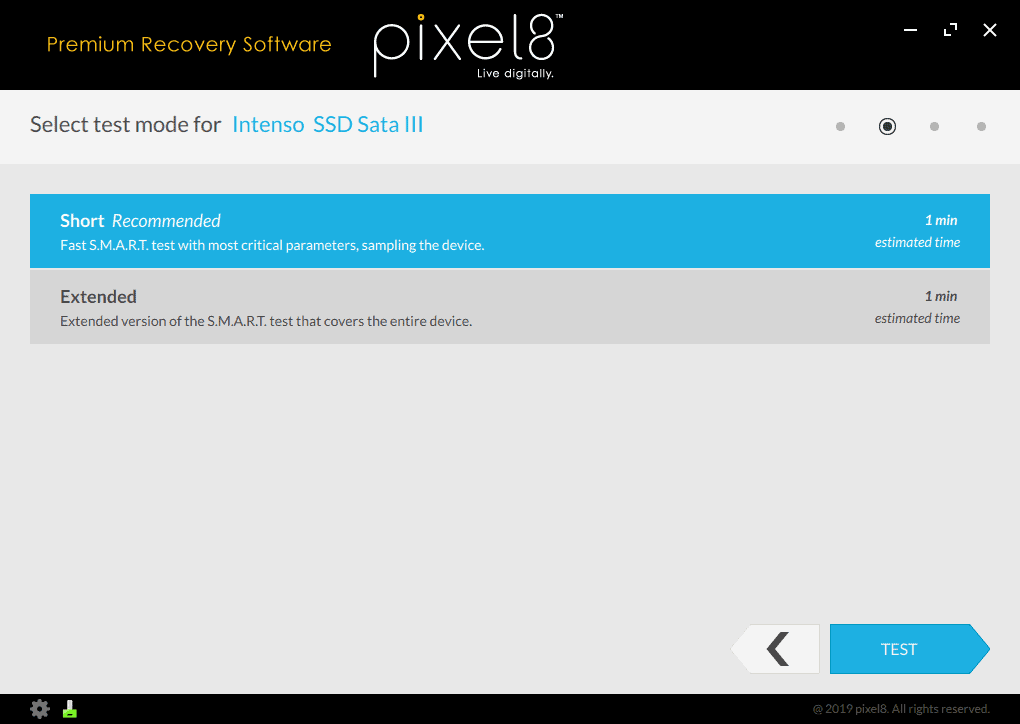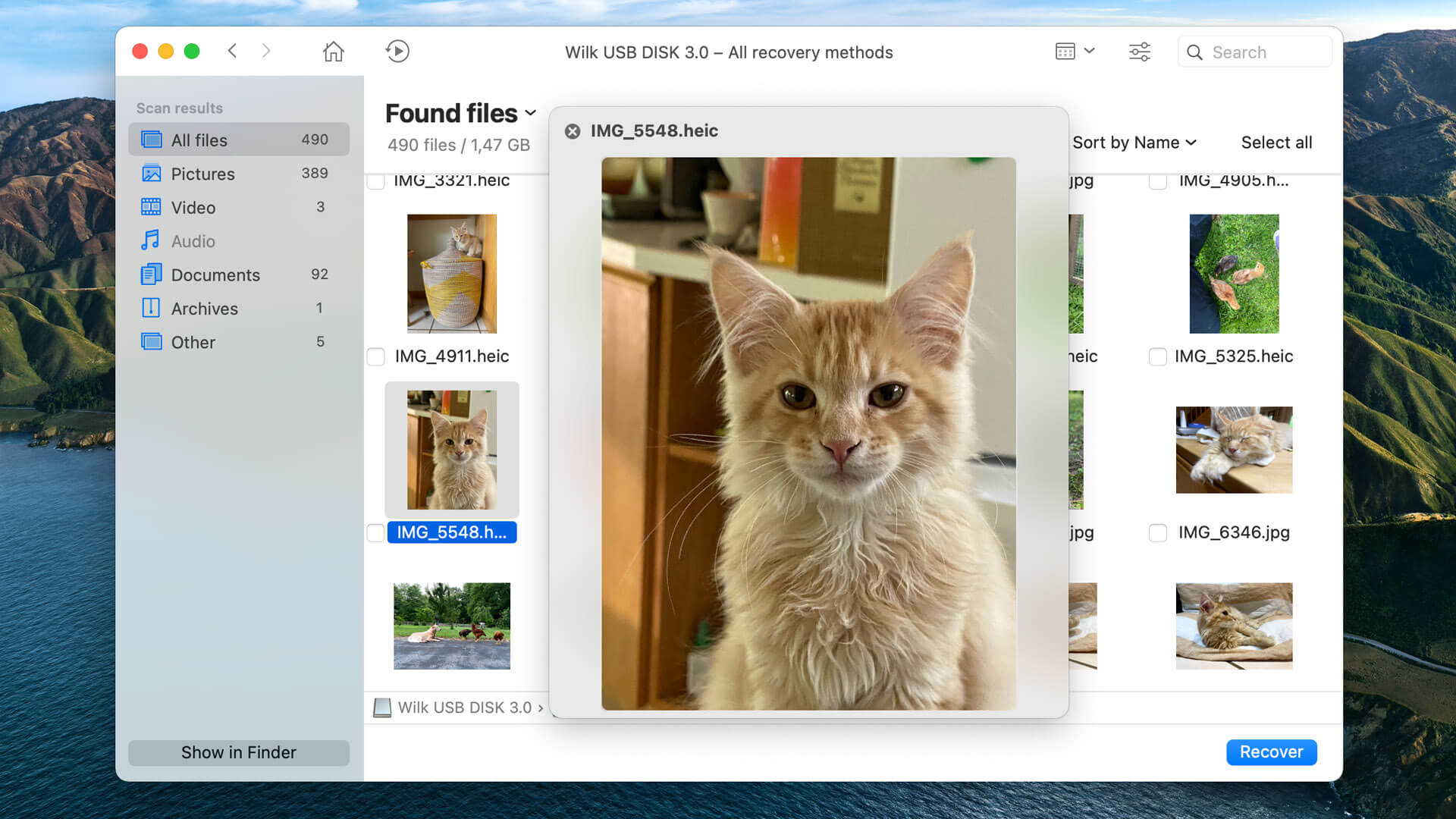

The free version can only preview files.Restores data from Android and iOS devices.Included for free in the basic version of Disk Drill are Recovery Vault and Guaranteed Recovery, two handy data protection features that allow Disk Drill to monitor your file deletion activity and retain metadata so that you can quickly and easily recover any deleted file with 100% success rate.

Click Recover again to perform the recovery.Preview recoverable files and select a new storage location for restored data.Select the storage device, then click Search for lost data at the bottom-right corner of the window.Launch the application and locate the storage device from which you want to recover deleted files.Download and install Disk Drill for Mac.the latest version fully compatible with macOS Mojave. It is professional level Mac file recovery software used by data recovery specialists, forensic recovery teams and IT groups worldwide. In addition to being a full-featured data recovery software, AppleXsoft File Recovery for Mac also includes an advanced RAID reconstruction, An E-mail recovery, A Disk Image utility, An advanced disk ciagnostic tools, secure erase tool, and etc. Flexible parameter settings give you absolute control over Mac file recovery. In addition, RAW file recovery can be used for heavily damaged or unknown file systems. If your Mac computer has direct access to a storage device's memory, AppleXsoft File Recovery will be able to scan it for lost files. All types of digital media devices with the file system FAT16, FAT32, NTFS, or exFAT are supported. You can also use this recovery software to recover all types of files from a variety of storage devices including memory card, SSD, external hard drive, CD/DVD, USB flash drive, SD card, digital camera, etc.


Support RAID recovery and can even reconstruct lost RAIDs. AppleXsoft File Recovery for Mac is the leading-edge Mac data rescue software tool which recovers deleted or lost files/folder, as well as retrieve data from formatted or corrupted volumes - even from initialized hard disks.


 0 kommentar(er)
0 kommentar(er)
